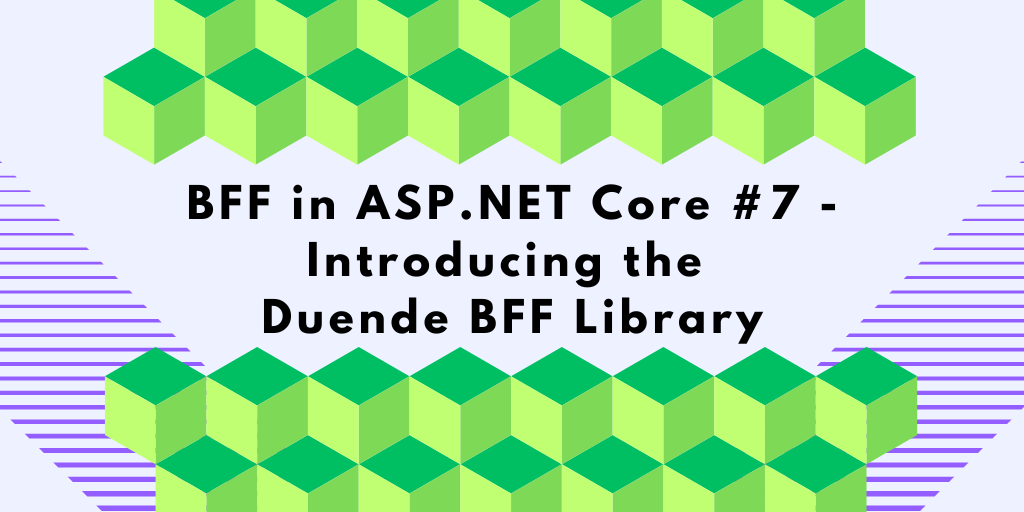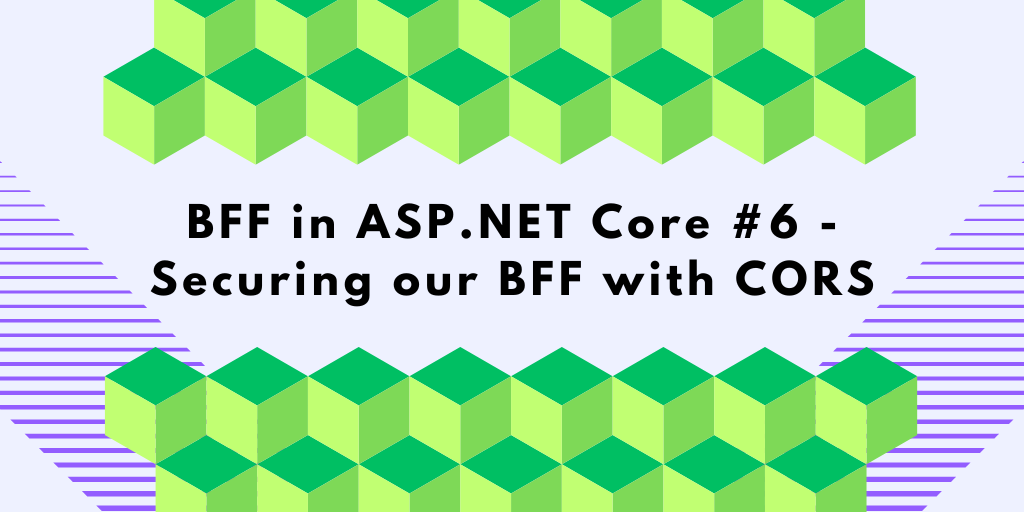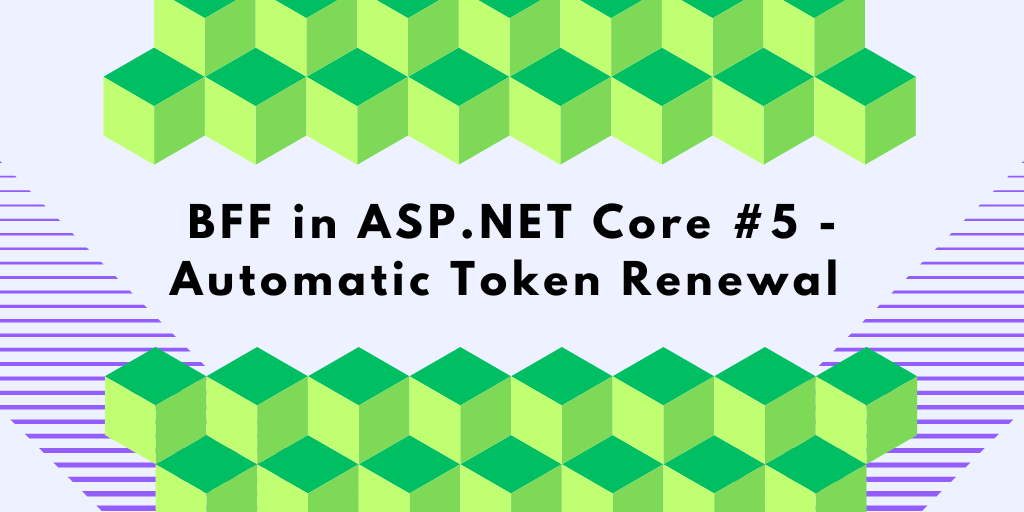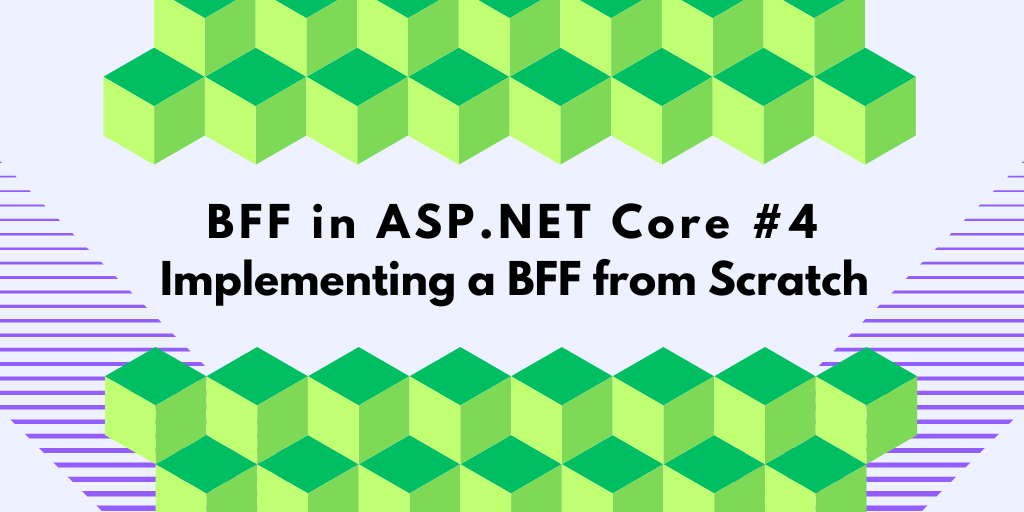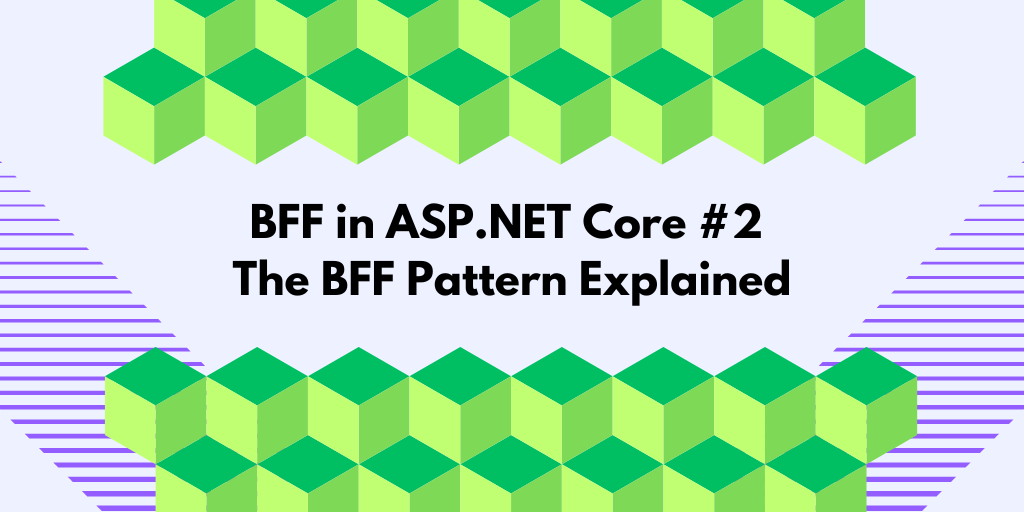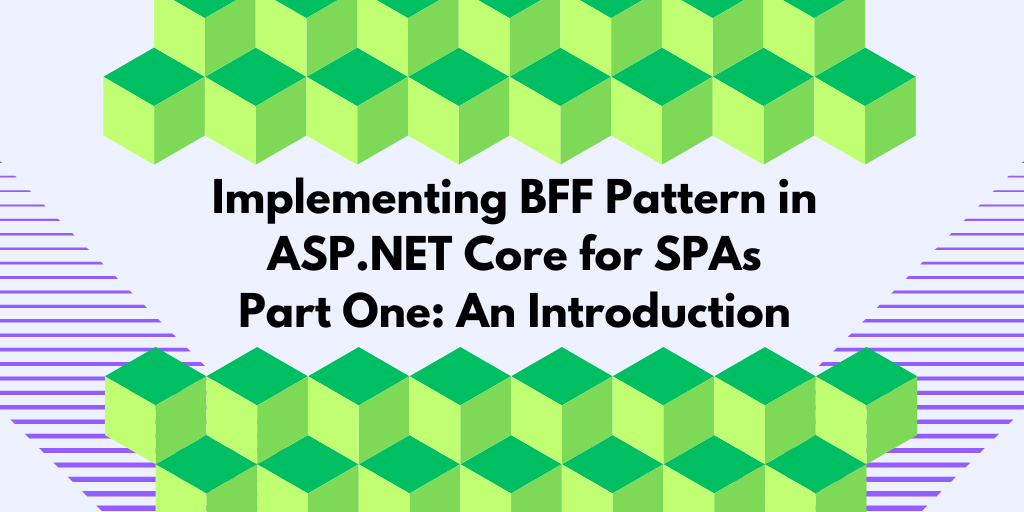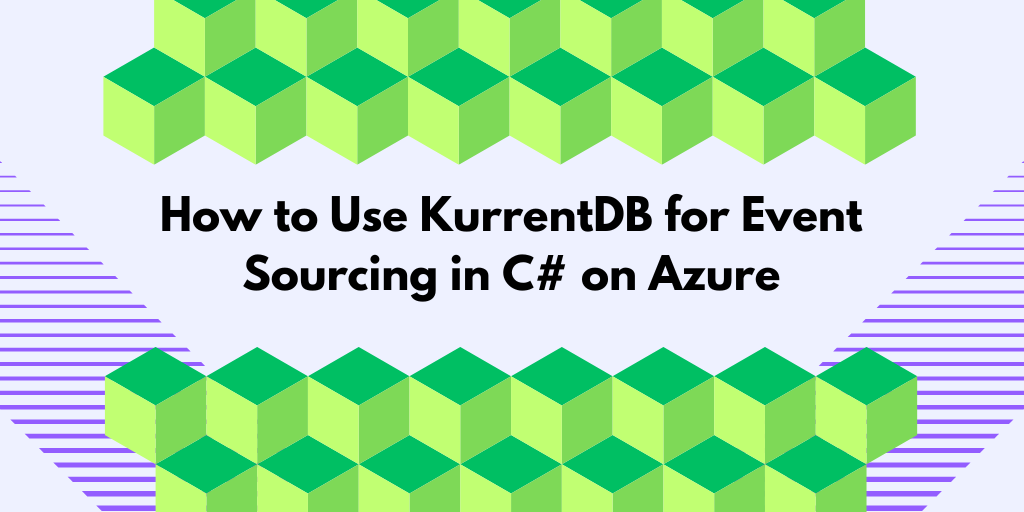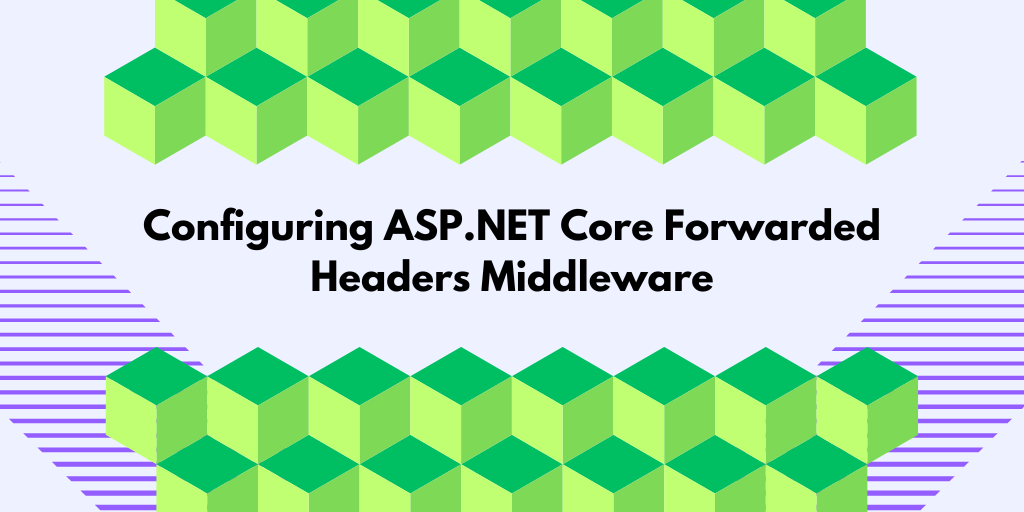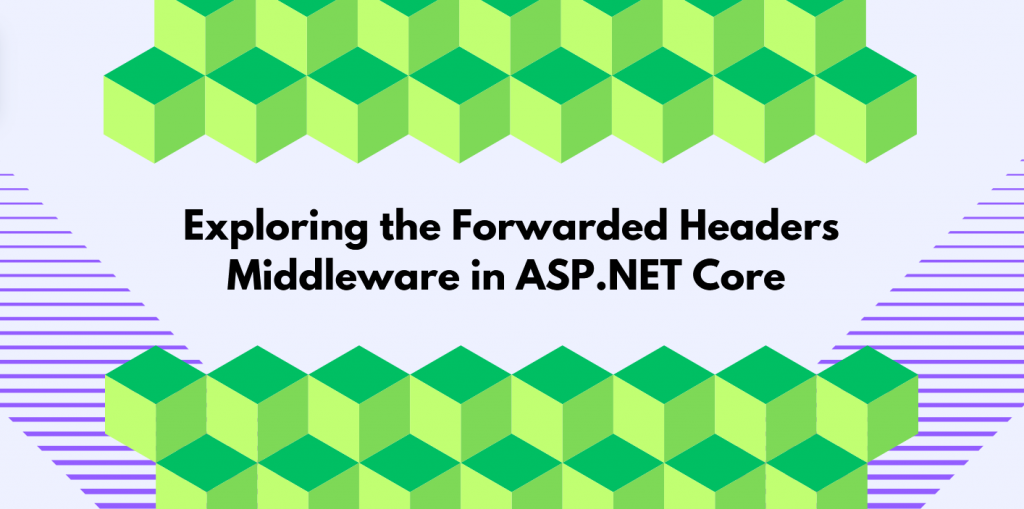BFF in ASP.NET Core #7 – Introducing the Duende BFF Library
In the previous blog posts in this series, we built our own Backend-for-Frontend (BFF) implementation in ASP.NET Core from scratch. Now, you might be wondering about how much effort it would take to replace our custom solution with the Duende BFF Security Framework? In this post, we’ll walk through that migration process and see just […]
BFF in ASP.NET Core #7 – Introducing the Duende BFF Library Read More »
